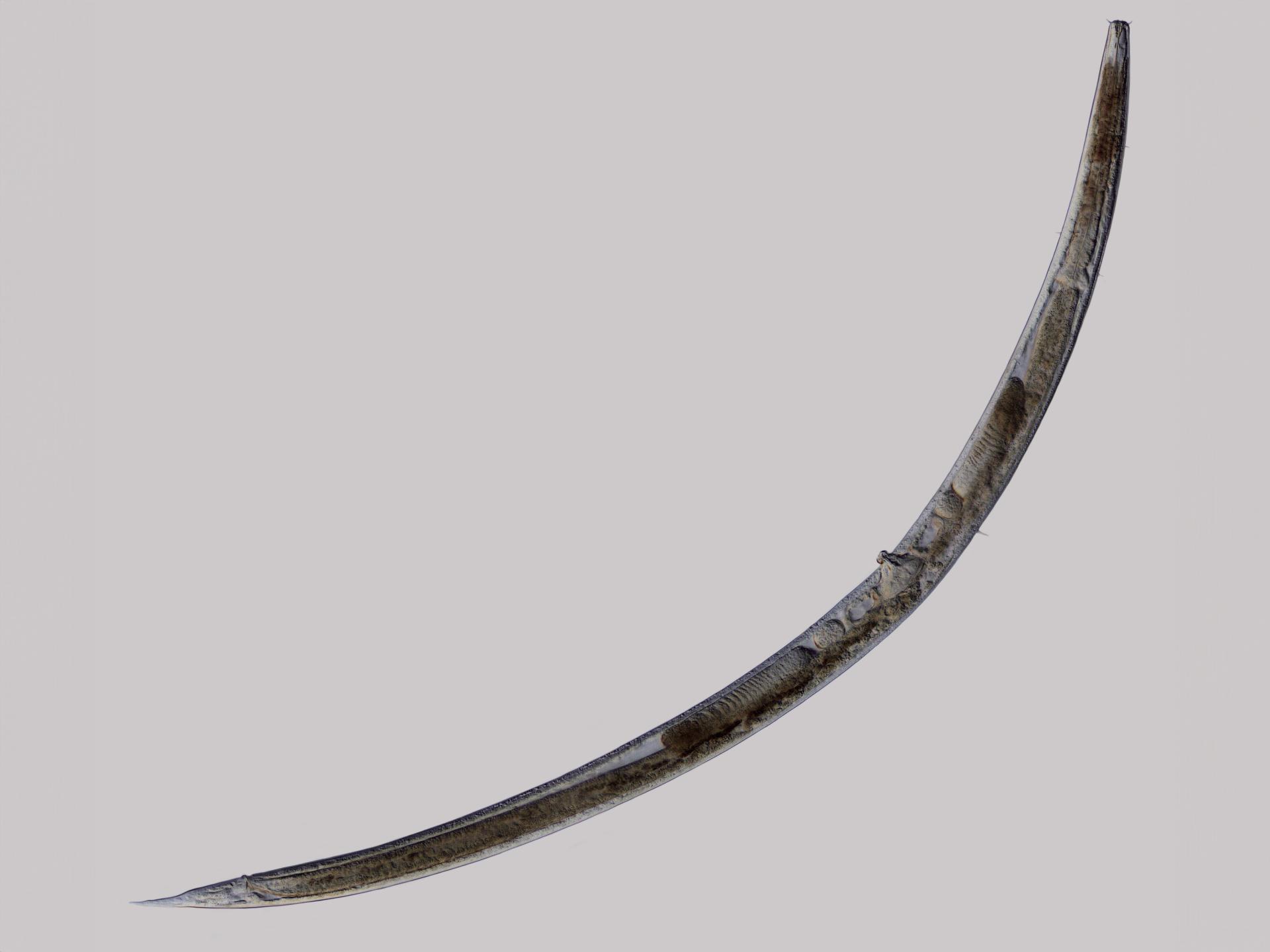One Health Experiential Learning Program
About the Program
This One Health summer field training internship brings together undergraduate students and mentors from diverse disciplines and perspectives for experiential learning linking human, animal, plant, and ecosystem health. Students conduct field research, connect with experts from diverse disciplines, and participate in discussion groups to explore research methods, scientific literature, and community engagement. Working in collaborative teams, students examine diverse species in an agricultural ecosystem recently impacted by high pesticide contamination originating from the AltEn ethanol facility, which processed surplus outdated and pesticide-treated seeds to produce ethanol. The leaching of pesticide-contaminated byproducts at this scale presents unique opportunities to examine the environmental fate, persistence, and transport of systemic pesticides, like neonicotinoid insecticides, and the long-term impacts on people, animals, and our shared environments.
To learn more about AltEn and the on-going collaborative monitoring response to pesticide contamination, please visit the University of Nebraska Medical Center's website.
Learn MoreField Photos






Current Research

Songbirds
Songbirds are sensitive to the impacts of neonicotinoids and other pesticides, with neonicotinoid pesticides linked to bird population declines in the US and Europe. Our team is monitoring pesticide levels in the eggs of red-winged blackbirds, a songbird that lives in agricultural landscapes throughout the study area. We're also monitoring the survival of red-winged blackbird eggs and chicks, which will contribute to our understanding of pesticide impacts on songbird reproduction.

Frogs
Frogs are excellent sentinels of pesticides or other chemicals running off the landscape into streams, rivers, reservoirs, and other aquatic environments. Our team is investigating pesticide exposure in native Nebraska frogs as well as invasive bullfrogs in sites close to and farther downstream from the AltEn plant. Using dip nets to catch tadpoles, we can assess what native frog species are living and breeding in contaminated environments and collect tissues from animals to understand levels of pesticide exposure and potential broader risks for other wildlife species, domestic animals and humans.

Honey Bees
Honey bees and other wild bees provide critical food web support to other wildlife as well as vital pollination services to a wide array of plants within agricultural, urban, and natural landscapes. Bees fly several miles away from their homes in search for floral nectar or pollen and may encounter pesticides through the air or when foraging on contaminated flowers. Foraging bees may die away from their hive or bring pesticide residues back home which may impair social behaviors, disrupt colony functions, and reduce overwintering survival. Our team is investigating how bees near AltEn are becoming exposed to pesticides, at what levels, and where. This information will allow us to identify “hotspots” where systemic pesticide pollution is most prominent as well as to monitor the long-term impacts on both managed and wild pollinator communities.

Soil Nematodes
Nematodes are the most abundant multicellular animals on earth. They inhabit terrestrial soils from every continent, freshwater and marine sediments, including deep-sea hydrothermal vents. Over time they’ve adapted to extreme environments such as Yellowstone hot springs, the toxic arsenic sediments of Mono Lake in California, and the high pH waters of Nebraska’s Alkaline Lakes in the western Sandhills. This adaptability has led to the application of nematodes as environmental indicators. The AltEn contamination event appears to have drastically altered the nematode community of Johnson Creek and Kaiser Pond. Since pre-contamination samples are lacking, we are attempting to reconstruct the normal baseline nematode communities, and we are following the nematode community recovery.

Milkweed Visitors
Milkweeds are plants found throughout the U.S. and are best known as the only food source for monarch butterfly caterpillars. However, milkweeds are also crucial to the survival of a variety of other animals, including native pollinators, and other beneficial insects, which like monarch caterpillars, are very sensitive to insecticides in the environment. To better understand the impacts of these contaminants, we are monitoring milkweed plants in the landscape near AltEn to determine differences in milkweed insect diversity and abundance.

Mosquitoes
Mosquitoes are not just summer nuisances causing itchy bites; their larvae contribute to water recycling and serve as food for various aquatic creatures. Adult mosquitoes are part of the diet for birds and other vertebrates and act as pollinators by feeding on plant sugary secretions. They also feed on honey, as well as sugar water from hummingbird feeders. Female mosquitoes, however, also need blood meals to develop eggs, which is when they can transmit pathogens such as West Nile virus (big issue in Nebraska, picked up from birds), Western Equine Encephalitis virus, protozoans like the agent of malaria Plasmodium spp. (not in Nebraska fortunately) or heartworms (major health threat for pets).
To manage the spread of mosquito-borne pathogens, we mainly rely on insecticide applications. However, mosquitoes subjected to repetitive insecticide exposures have been shown to very quickly evolve insecticide resistance traits, such as heightened detoxification and target-site mutations. These events reduce the efficacy of insecticides used, threatening public health. There are no area-wide treatments in Nebraska, however, an environmental contamination, like near AltEn, containing residues of insecticides, heavy metals, and other chemicals, could accelerate the evolution of insecticide resistance in the wild populations of Nebraskan mosquitoes. The Vector Physiology lab studies wild mosquitoes to evaluate the evolution of alleles conferring resistance in controlled conditions (laboratory), no exposure conditions (East Campus) but also in a worst-case scenario (Mead).